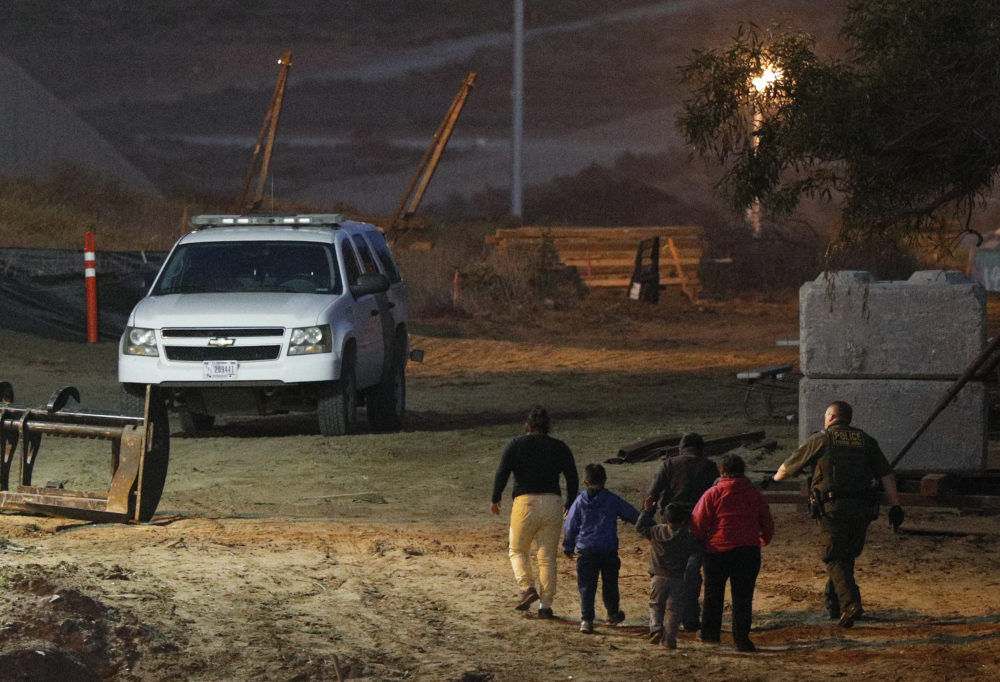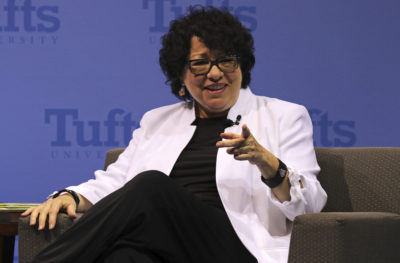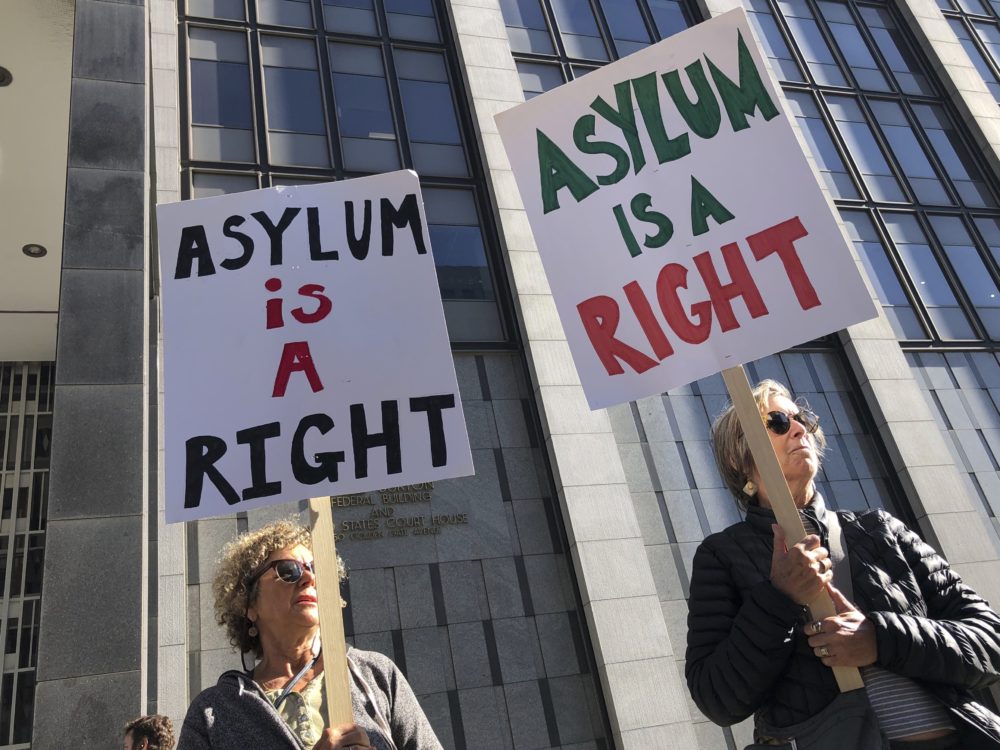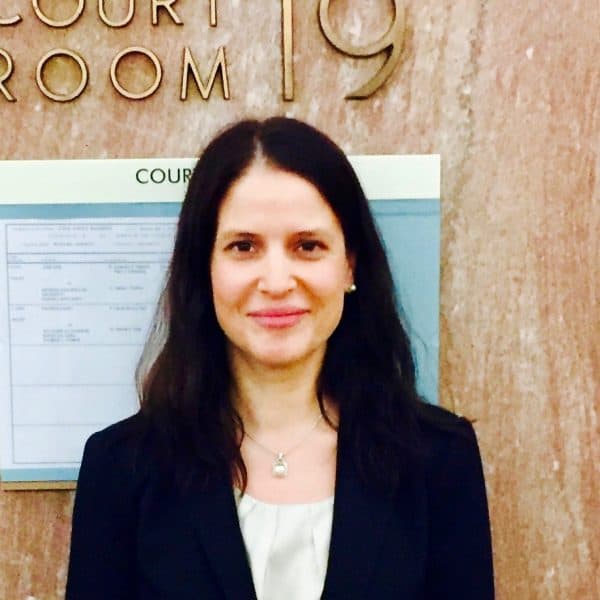Advertisement
Commentary
There’s Nothing Ordinary About Dismantling The U.S. Asylum System

Earlier this month, in a brief order with no recorded vote count, the Supreme Court granted the Trump administration’s wish to “stay” (or block) a lower court’s temporary stoppage of its drastic new asylum rule.
The rule, announced by the administration in mid-July, bars asylum to most people who reach our southern border after passing through a third country, effectively shutting out Central Americans (though not Mexicans). It guts decades of asylum policy and abandons terrified refugees from some of the most violent countries on Earth to horrific fates.
Despite these incredibly high stakes, it took the Supreme Court little more than two weeks to grant Trump’s request. And the order will likely remain in place for months if not years, while the lower court works towards a final decision on the rule’s legality and that decision wends its way through the appeals process and probably back up to the Supreme Court.
Justice Sonia Sotomayor rebuked the majority for its action in a searing dissent that lamented the Trump administration’s penchant for short-circuiting normal judicial procedures and the current Court’s acquiescence.

To make matters worse, the Court did not offer a single word to explain why it sided with the administration in this major battle for America’s soul. The Court didn’t hold a hearing, either, so the public has no insight at all into the majority’s motivation. Unfortunately, the complete silence is not only arrogant, but it also feeds into suspicions of a political judgment.
Commentators have observed that silence is “ordinary” when the Supreme Court issues temporary relief. But that misses the point. There is nothing ordinary about partly dismantling the asylum system. And, as Sotomayor explained, it is extraordinary for an administration to march directly to the Supreme Court to ask for a decision before the case has been fully litigated in the lower courts.
Compare, for example, the Court’s June 2017 decision that partly lifted the lower court from blocking of one of Trump’s travel bans. That opinion provided 13 pages of reasoning, not only to the litigants and lower court judges but also to everyday Americans. The case was also deeply political and hard fought, but the justices chose to show their hands anyway.
The Court did not offer a single word to explain why it sided with the administration in this major battle for America’s soul.
We cannot know why the Court acted transparently in June 2017 but obfuscates today. The only difference in the Court’s current composition is that Brett Kavanaugh replaced a now-retired Justice Anthony Kennedy.
It's not only the conservative majority that is at fault. We know where Justices Sotomayor and Ruth Bader Ginsburg stand, because Ginsburg signed onto Sotomayor’s dissent. But because the votes were not recorded, it is impossible to know which justices — including Stephen Breyer and Elena Kagan — made up the majority.
The Supreme Court’s silence has real-world consequences. With this decision, the Court signaled powerfully to the lower courts — and all Americans — that it believes the Trump administration is probably in the right, and that the nonprofits who sued over the policy will lose in the end.

By hiding its reasoning, the Court thwarted the plaintiffs’ ability to understand why they lost this round. Nor does the lower court judge know why he was overturned. It’s the legal equivalent of a teacher failing a student without telling him why, or how he might improve his performance. The Justices know that lawyers and judges hang onto every word uttered by the Court to understand how they might ultimately persuade it to their point of view.
Countless observers worry that the Supreme Court, with Trump’s newly installed conservative majority, would become his rubber stamp. This has not proved entirely true. Chief Justice John Roberts sided with the progressive wing of the Court in blocking Trump from adding a citizenship question to the 2020 census, in another gigantically important test of the administration’s policy.
But Roberts did this because he found that Commerce Secretary Wilbur Ross was less than forthright about the purpose of the question (which he claimed was to enforce the Voting Rights Act). Thus it is difficult to read anything into Roberts’ decision beyond the mere refusal to accept a bald-faced lie.
In the asylum ban case, there was no such easy out. The justices had to decide whether Trump’s policy was probably legal or not. That they effectively made a snap judgment with potentially years-long effect, without a hearing or any written analysis, threatens to shred the already weakened belief that the Supreme Court is a neutral arbiter rather than a political animal.
The nonprofits that sued Trump will of course soldier on, but banned asylum-seekers will die before this case runs its course.
